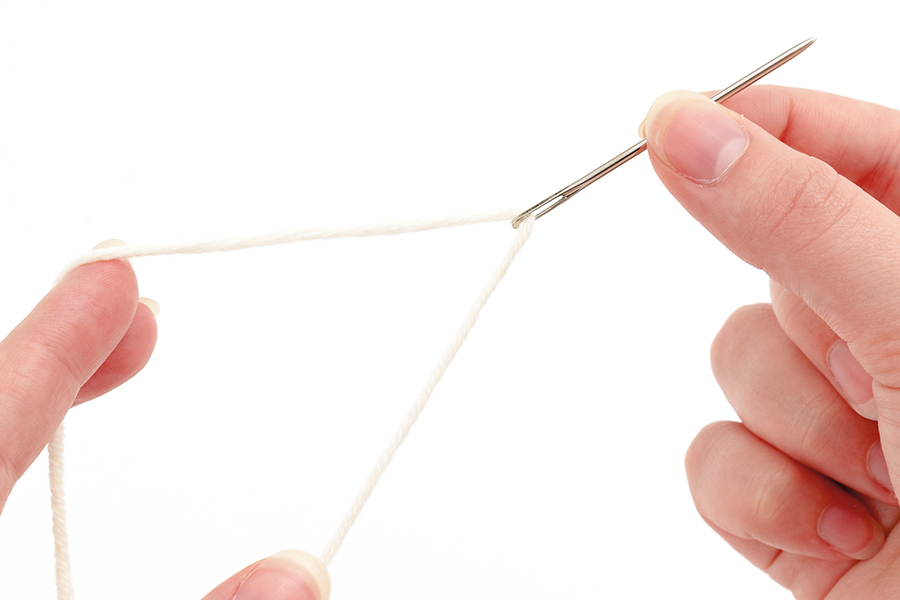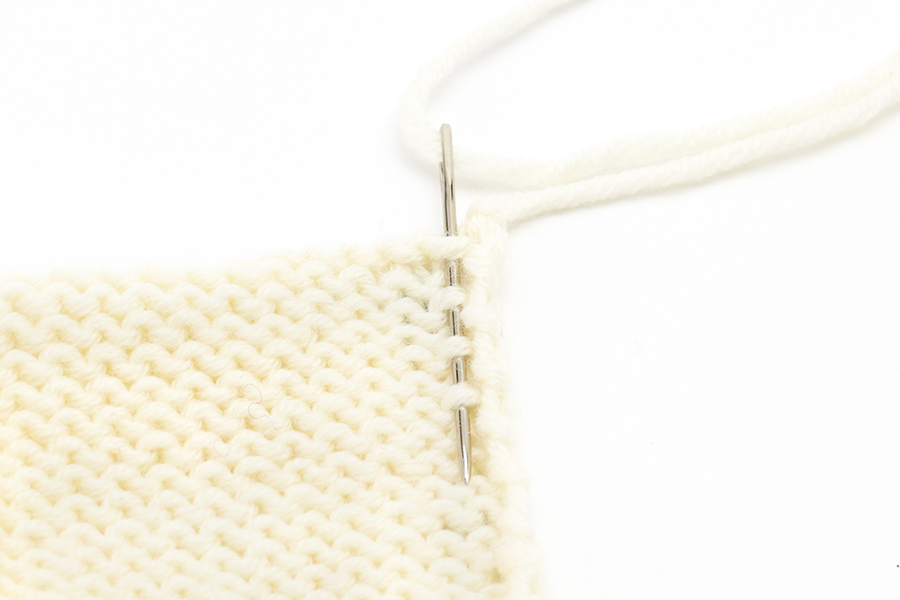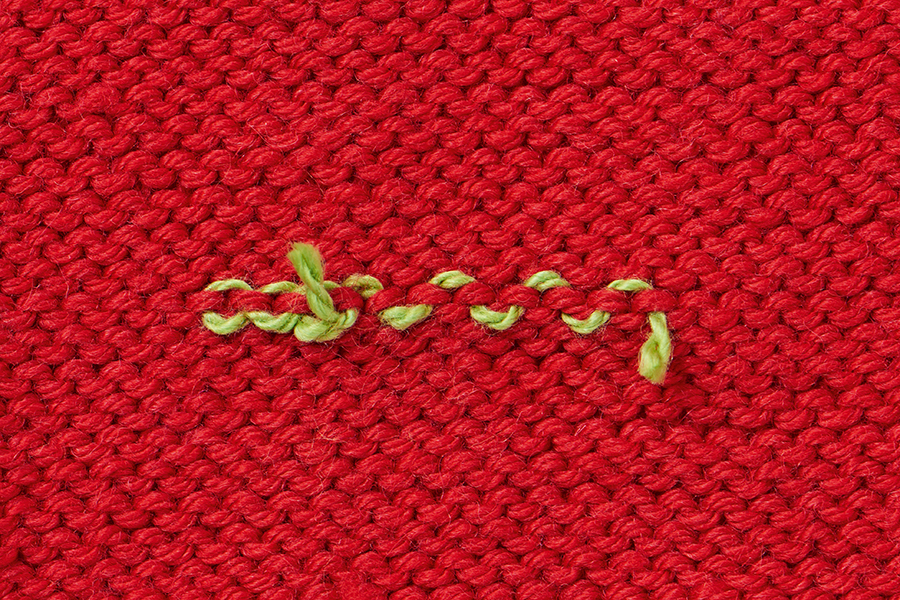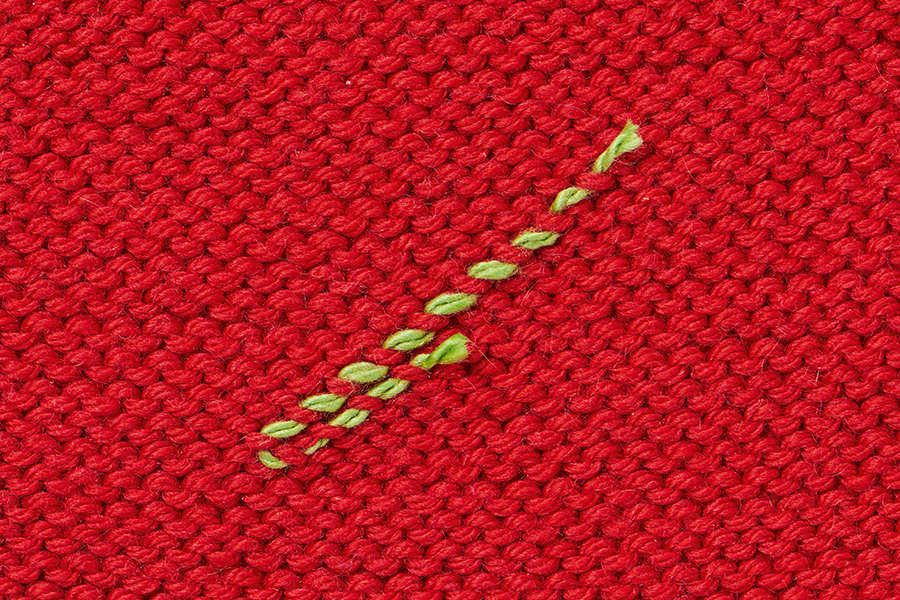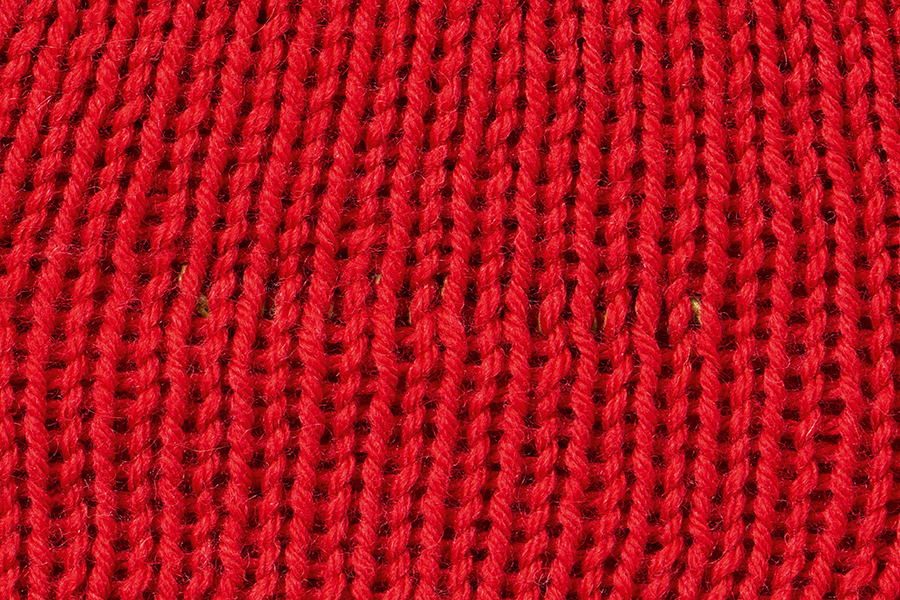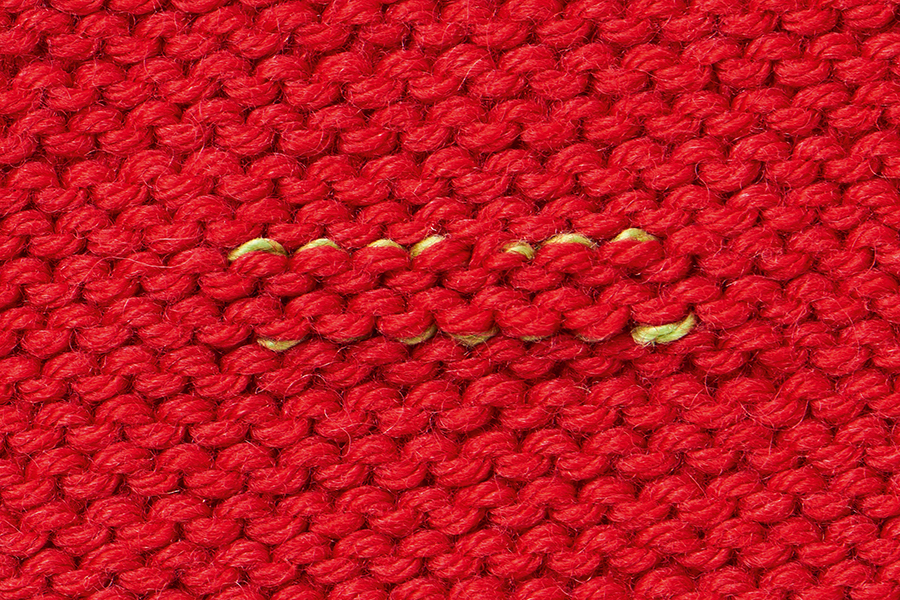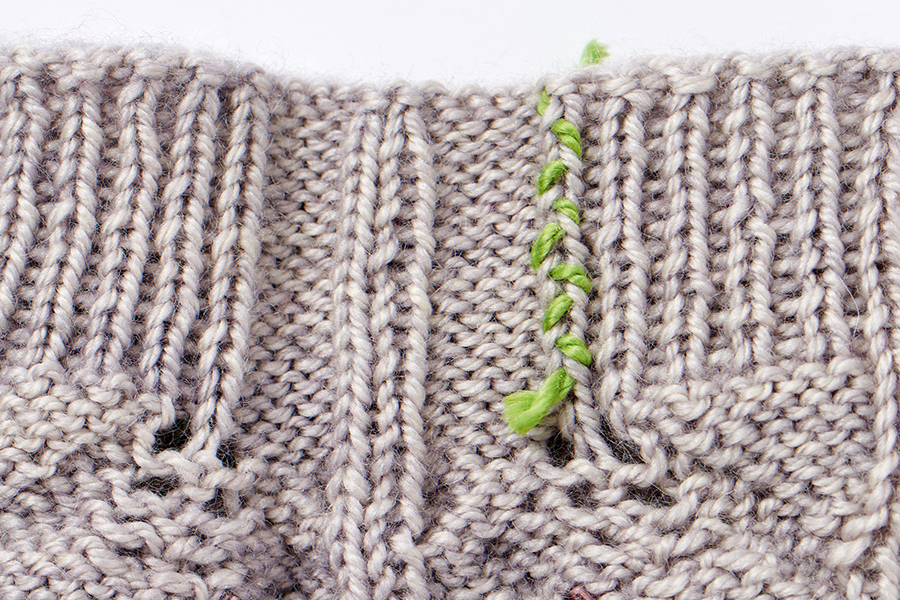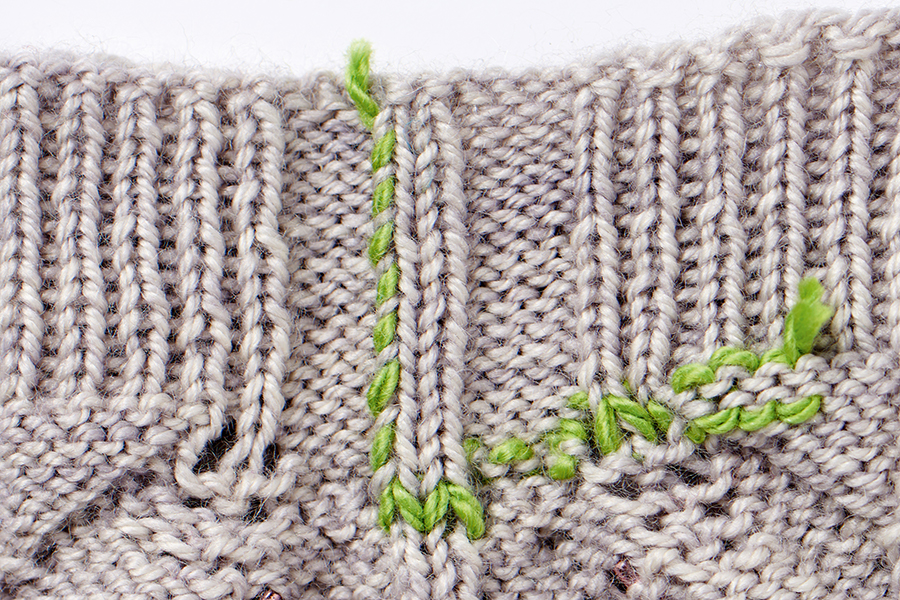How to weave in ends in knitting is a topic that's often overlooked by knitting technique books, and a process that some people come to dread. But after all your knitting efforts, it’s worth taking the time to finish your work properly.
In this tutorial we'll show you 7 different ways to weave in your ends, depending on what stitches your project uses. We'll also suggest some tips for reducing the number of ends you produce in the first place.
All you need is a tapestry needle and some good light (use a daylight lamp if necessary). Are you ready? Let's begin!
How to weave in ends in knitting
After casting off, if you’ve left a tail end before you cut the yarn, you’ll have ends at both your cast on and cast off corners. These will look rather straggly unless you do something with them. To create a neat finish, patterns will instruct that you ‘weave in ends’.
This is very simple and just requires using a large-eyed needle with a blunt tip, like these Prym yarn needles.
There are no strict rules about how to weave in these ends – they just need to be secure, and invisible from the front. It’s a good idea to weave the yarn tail in different directions to prevent it from working its way out over time.
As you progress to more complex knitted patterns, you might find you have yarn tail ends in other places, such as halfway up a back piece for a garment.
Here you can weave yarn ends through the backs of stitches on the wrong side of your work. Using a large-eyed needle, weave the yarn in and out of the wavy bumps, first going in one direction for about 5cm, and then back in the other direction. Make sure they lie flat and that the yarn isn’t visible from the front.
In this tutorial we've put together some of the more common techniques you can use to weave in ends in knitting. Whether you're working on stocking stitch, garter stitch or rib stitch, with our help you're sure to find a method of weaving in ends that works for you.
Top tips for weaving in ends in knitting
- Always leave yarn ends of around 15-20cm for best results.
- If you’re working a garment with few ends, weave them in once the garment is sewn up – you’ll have more options for where to hide them (including in the seams).
- If you’re working intarsia, weave the ends in before all the pieces are sewn together after the first block.
- If you’re stuck with really short yarn ends, try using a crochet hook, a blunt needle backwards or threading the needle after you have already inserted it into the fabric.
- Stretch the fabric a little before trimming any yarn end, to make sure it isn’t woven too tightly.

